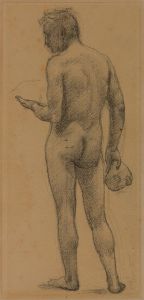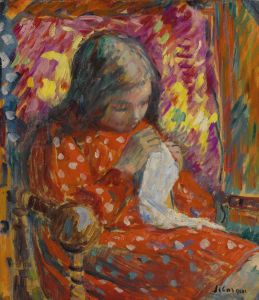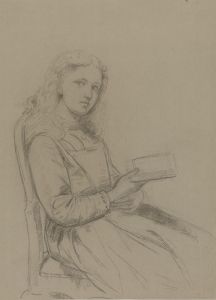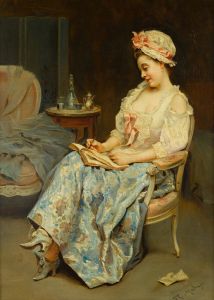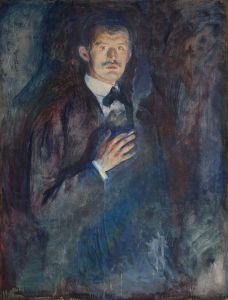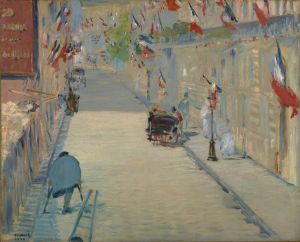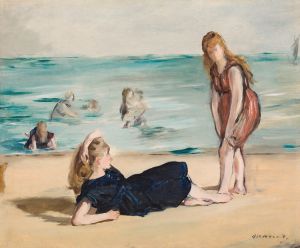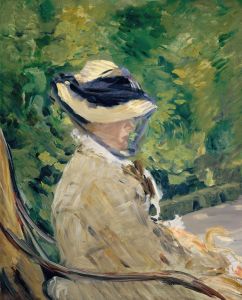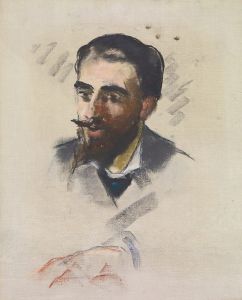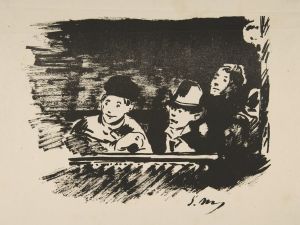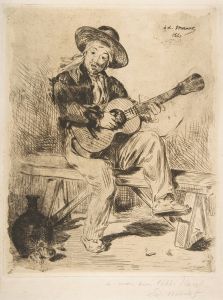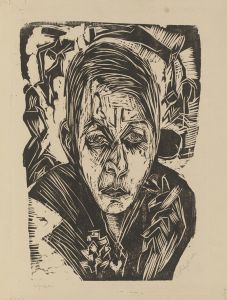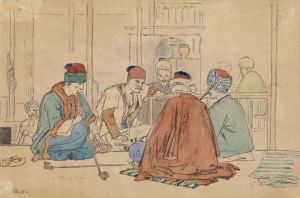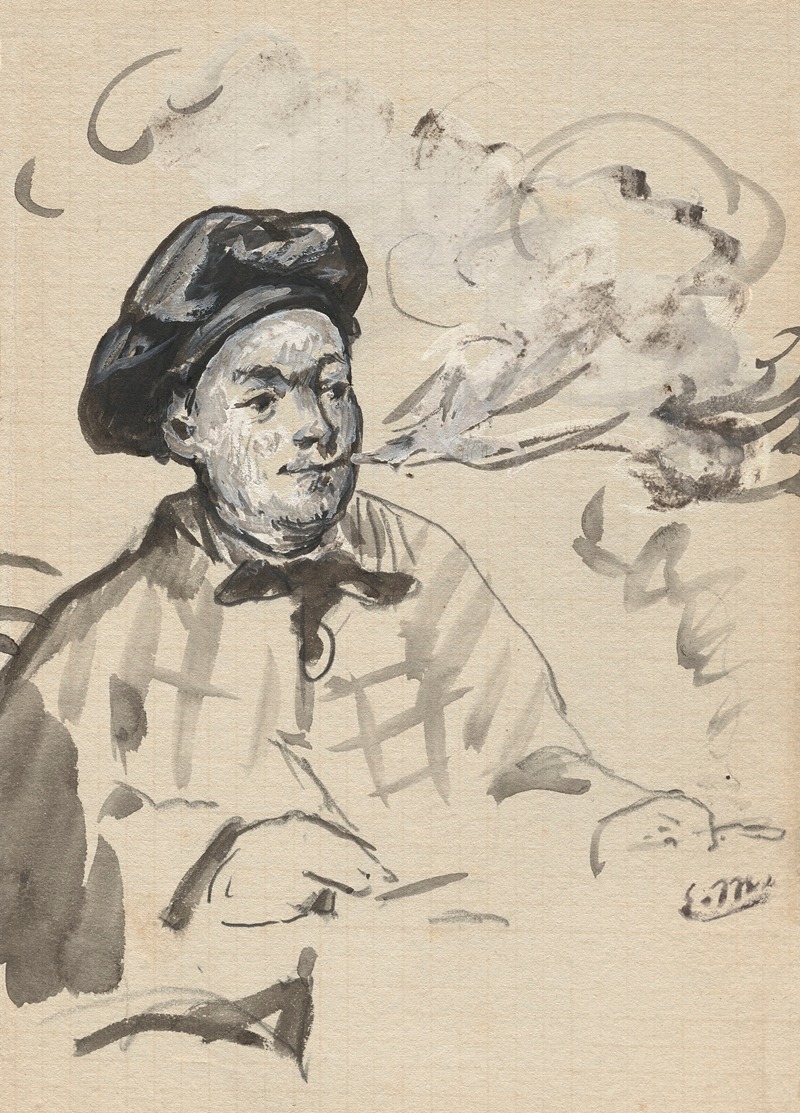
Théodore de Banville écrivant et fumant la cigarette
A hand-painted replica of Édouard Manet’s masterpiece Théodore de Banville écrivant et fumant la cigarette, meticulously crafted by professional artists to capture the true essence of the original. Each piece is created with museum-quality canvas and rare mineral pigments, carefully painted by experienced artists with delicate brushstrokes and rich, layered colors to perfectly recreate the texture of the original artwork. Unlike machine-printed reproductions, this hand-painted version brings the painting to life, infused with the artist’s emotions and skill in every stroke. Whether for personal collection or home decoration, it instantly elevates the artistic atmosphere of any space.
Édouard Manet, a pivotal figure in the transition from Realism to Impressionism, painted "Théodore de Banville écrivant et fumant la cigarette" in 1874. This work captures the essence of the 19th-century Parisian literary and artistic milieu, portraying the French poet and critic Théodore de Banville. Known for his wit and charm, Banville was a prominent figure in the literary circles of his time, and his friendship with Manet is well-documented.
The painting depicts Banville seated, engaged in the act of writing while smoking a cigarette. This casual pose reflects the informal and intimate atmosphere that Manet often sought to convey in his portraits. The choice of subject matter—a writer in the midst of his creative process—highlights Manet's interest in capturing the intellectual vibrancy of his contemporaries. The cigarette, a relatively novel item in 19th-century France, adds a modern touch to the composition, aligning with Manet's reputation for incorporating contemporary elements into his work.
Manet's technique in this painting is characteristic of his mature style, where he employs loose brushwork and a keen attention to the effects of light. The background is rendered in soft, muted tones, allowing the figure of Banville to stand out prominently. This focus on the subject's face and hands emphasizes the intellectual and creative aspects of the sitter, drawing the viewer's attention to the act of writing itself.
The relationship between Manet and Banville was one of mutual respect and admiration. Banville, known for his poetry and his role as a critic, was part of the Parnassian movement, which emphasized formal precision and clarity in poetry. His literary ideals may have resonated with Manet's own pursuit of clarity and directness in painting. This portrait can be seen as a testament to their shared appreciation for the arts and their contributions to the cultural landscape of their time.
"Théodore de Banville écrivant et fumant la cigarette" is not just a portrait; it is a snapshot of an era where art and literature were undergoing significant transformations. Manet's ability to capture the personality and essence of his subjects makes this painting a valuable piece of art history, offering insights into the lives and relationships of some of the most influential figures of the 19th century.
The painting is part of a broader collection of works by Manet that explore the lives of his contemporaries, providing a window into the social and cultural dynamics of his time. Through this portrait, Manet not only immortalizes Banville but also celebrates the spirit of creativity and modernity that defined the era.





